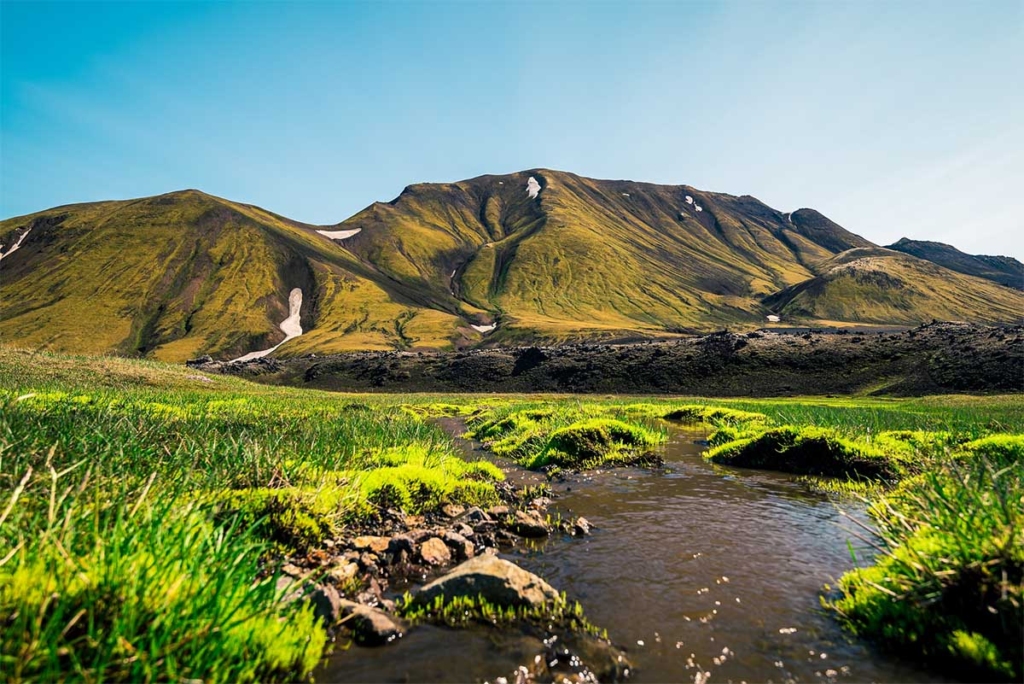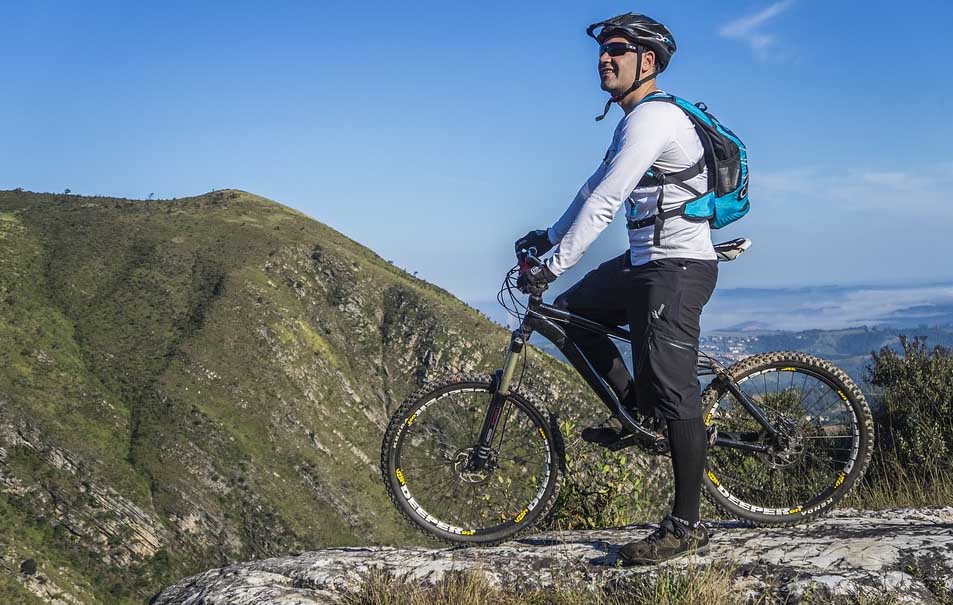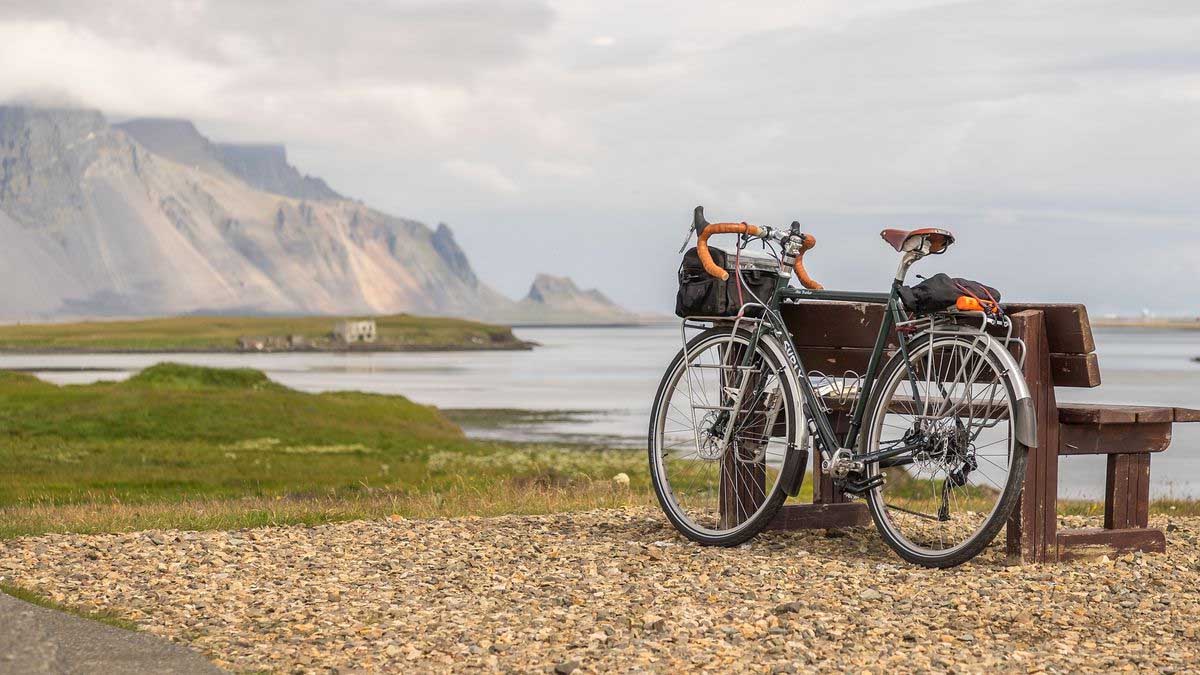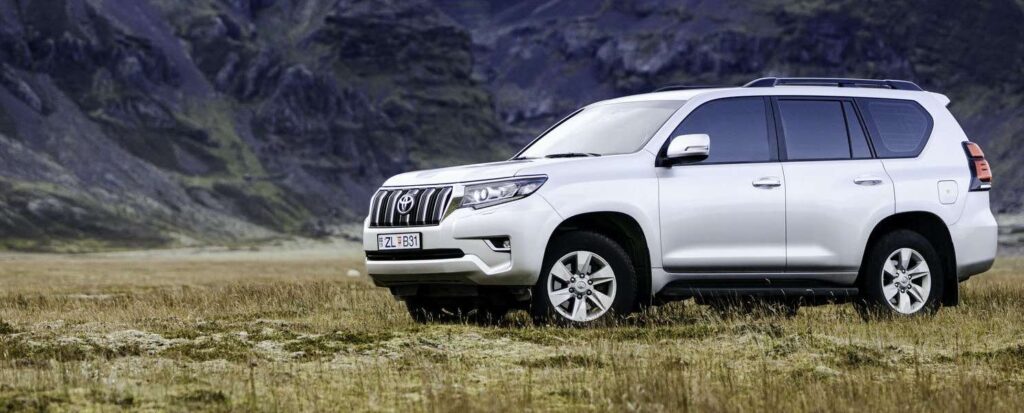One of the most challenging and interesting ways to travel around Iceland is on a bicycle. Although this may sound crazy to some, there are many people who like to enjoy the Icelandic landscape by bike.
Many who decide to cycle around Iceland travel the circuit, while more experienced outdoor cyclists enjoy more challenging inland routes.
The Kjölur Trail is one of the most popular trails for experienced cyclists. However, this option is intended only for experienced cyclists. The road is potentially dangerous, but many say it is the best way to really recognize Iceland.
Although cycling through Iceland is an encouraging and memorable experience, the adventure comes with many challenges.
Iceland weather can change quickly and unexpectedly, so it will bring warm clothes, check the weather forecast and always get ready for bad weather.
You should expect both rain and wind during the journey, so make sure that the clothes you have are warm and water resistant.
Gloves are also important because temperatures can suddenly and drastically fall, especially at higher altitudes.
Another problem is the rugged terrain of Iceland. Steep hills, hot springs, cracks and many other natural threats are a potential threat to any cycling adventure.
Always be careful about the terrain and surroundings. Due to this rough terrain we recommend to choose a mountain bike trip with strong tires compared to a standard road bike. And always remember to bring your bike repair kit, because cities are tens and hundreds of kilometers apart.
If you are well prepared, cycling around Iceland can be an unforgettable experience. You can bring your own bike from home, or choose from bicycles that can be rented or purchased in Reykjavik.
Traveler travel videos from Iceland
Despite the difficulty of cycling around Iceland, this country is a popular destination for cyclists – and rightly so – so it’s not hard to find a lot and a lot of really great and really comprehensive information before you set out on your journey.
Weather

Where to start? Iceland’s weather is an experience in itself and one has to deal with it every day during the journey. The weather can change drastically in minutes or within a few kilometers of your trip.
TEMPERATURES:
Iceland can be quite cold, but in the middle of summer – as in July – it’s actually quite an ideal temperature, on average 10 ° C to 13 ° C.
During the day the temperatures change quite a bit, but that’s because the days are so long and clear (actually it’s almost not dark in summer), night temperatures drop by only a few degrees.
WIND: Iceland is renowned for its strong winds and it is. Sometimes it is just a gentle breeze and sometimes so strong that you could not go downhill even if you tried.
Cycling in a strong wind is usually not fun (at least a headwind) and it is best to plan your ride at this time – in other words, stay on your bike for as long as you have wind in your back or calm and relax when the wind is not blowing .
Indeed, the best way to avoid gusts is to ride at night when everything is much quieter.
Gloomy days and overcast can always be expected, although Iceland may be too sunny at times.
Rain: A well-known Icelandic proverb says, “If you don’t like the weather in Iceland, wait five minutes.”
Regarding rain, this is largely true. Waterproof gear should always be at hand, and you should bring a tent that can be built in a minute, just in case you find yourself in a heavy rain, even if the sun shines in every direction.
Before you arrive in Iceland and expect it to rain all the time. At best you will be positively surprised, at worst you will not be disappointed.
SUN: The Arctic Sun is permanent and strong. In the middle of summer it will shine for more than twenty hours a day, backcountry 1:00, and again around 3:00 or 4:00.
Bike lights are therefore more cautious than necessary.
We recommend – respect the weather, do not risk unnecessarily, and if the weather does not want you, enjoy restaurants, geothermal springs, and take a break for food or drying.
Roads and terrain

After July 2016, the road circuit around Iceland is fully paved – unless the unpaved section is so small that we do not even consider it (perhaps in the eastern fjords).
Some stretches, such as Reykjavik to Akureyri or from Reykjavik to Selfoss, may be livelier during the day, which may be annoying, but the more you move away from Reykjavik, the more roads are.
Cyclists are allowed access to all roads except for the tunnel between Reykjavik and Borgarnes, where there are options for either hitchhiking or a pleasant 40-kilometer detour (road 47 is longer, but we can recommend).
If you start off the main road no. 1, you can very often get on stony unpaved roads. Sometimes they are in better condition, but elsewhere there would be a risk of puncture.
What to read now? Our visitors were interested in this:












